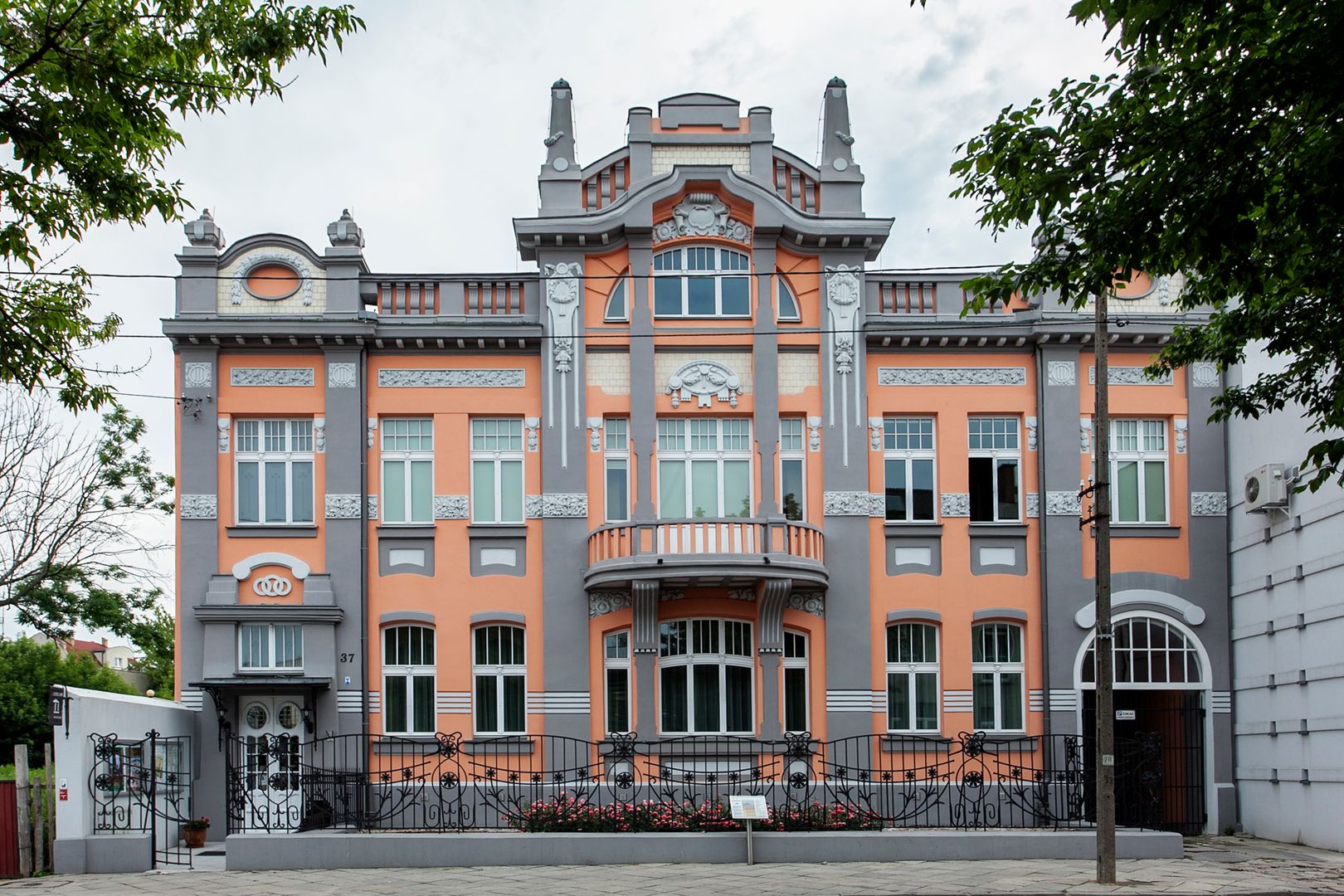Białystok Historical Museum
7.67

Overview
The Historical Museum in Białystok, part of the Podlasie Museum, is an institution with rich collections related to the history of Białystok and the Podlasie region. The museum's headquarters at 37 Warszawska Street, built in the Art Nouveau style between 1910 and 1913, is a noteworthy example of urban architecture with decorative elements characteristic of this style. Inside the preserved interior of the museum, visitors can admire stucco ceilings, original woodwork, and marble staircases. The museum boasts an extensive collection of archival materials, iconography, numismatics, and memorabilia related to Tatar settlement. The "realia" collection includes 8,000 objects, ranging from everyday items to works of art, among them unique artifacts associated with Tatar culture, such as muhirs, chamails, and Qurans. Many exhibits are also dedicated to the industrial history of Białystok in the 19th and 20th centuries, although many were destroyed during World War II. The museum's iconography collection is an impressive assembly of 35,000 photographs, including a unique set of images documenting Białystok. The oldest archival materials date back to the 17th century, including documents from the time of Jan Klemens Branicki. The museum also houses a numismatic collection of over 20,000 coins, with the oldest originating from ancient Greece, as well as fascinating treasures like the find from Sejny. The museum organizes temporary exhibitions on the region's history and offers a variety of educational activities for children and youth, including thematic workshops. An interesting fact is that since 2008, the museum has been part of the Jewish Heritage Trail in Białystok. It is also worth mentioning that the building's history includes numerous changes in use, having served various functions over the years, such as housing authorities and educational institutions. Thus, the Historical Museum in Białystok is not only a place for collecting and preserving historical objects but also an important cultural hub that engages the local community in exploring and cherishing the region's heritage.
Location
Tickets
Powered by GetYourGuide
2025 Wizytor | All Rights Reserved